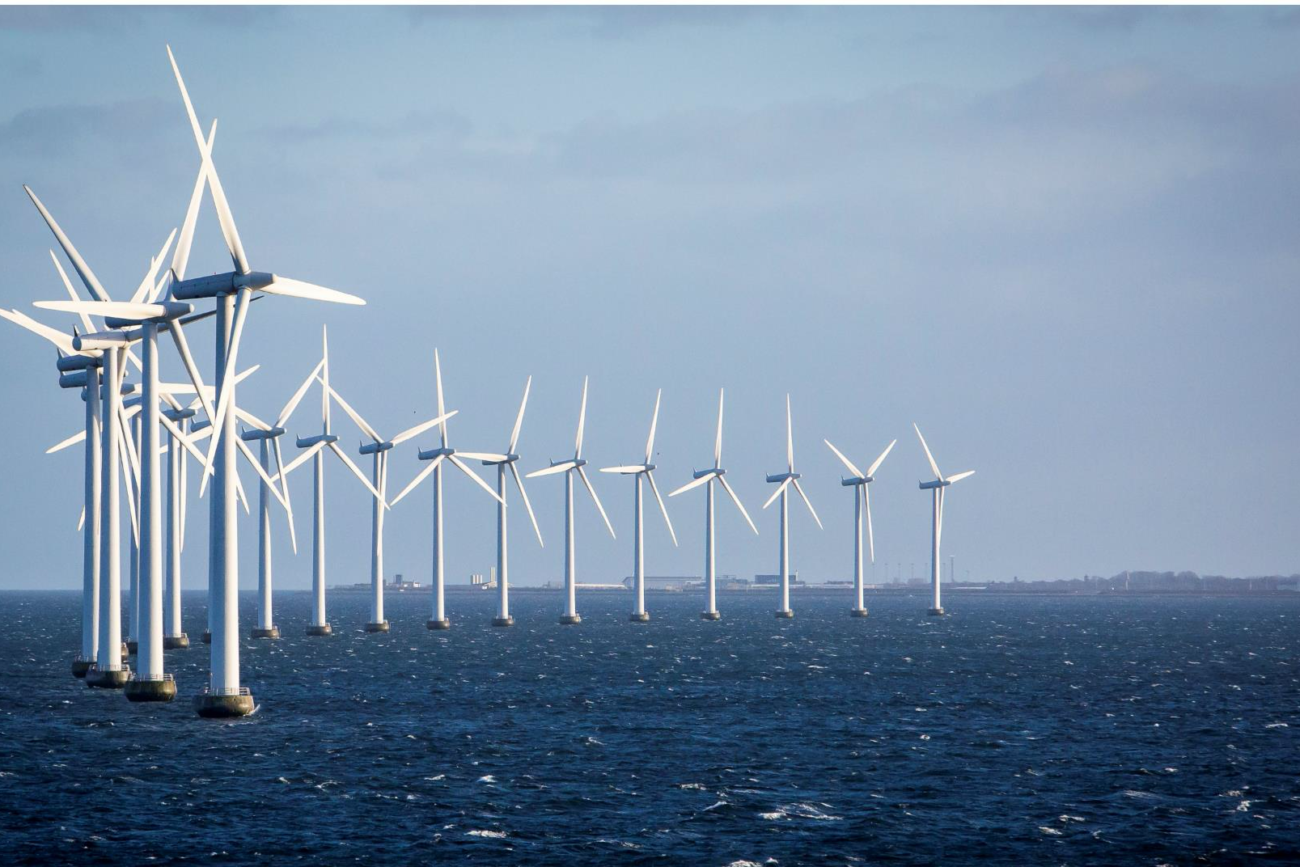Wind Energy in Norway
2022 wind energy numbers
In 2022, 374 MW of new capacity was installed, resulting in a net total installed capacity of 5,073 MW by the end of the year.
The electrical energy produced by Norway’s 65 active wind farms, including one offshore farm, was 14.8 TWh for 2022. This is an increase of 25% compared to the year before. The decrease in LCOE of wind power projects, alongside favourable depreciation rules and the final years of the electricity certificate scheme, are factors which have driven the more recent deployment of wind power in Norway. However, the closure of support schemes at the end of 2021, new taxation rules and lack of public acceptance have contributed to the declining support for additional onshore wind projects.
To learn more about wind energy in Norway, please review their chapter in the IEA Wind TCP 2022 Annual Report.
National Targets
As of now, Norway does not have any specific energy goals to meet or dedicated support mechanisms in place for wind energy development. However, the Norwegian government has an ambition of allocating offshore areas for wind power development that can facilitate an additional 30 GW of offshore wind. Through a phased approach to the project, it is planned to be completed by 2040. The exclusive rights to the first four phases will be given in 2023. In addition, a highly successful joint support scheme with Sweden, which aimed to finance 28.4 TWh of new renewable energy production, ended in 2021, along with favourable depreciation rules. No new support mechanisms were introduced in 2022.
Progress & Operational Details
The deployment of wind power in Norway increased dramatically in the last five years, making it the strongest growth on record. In 2022, 374 MW of new capacity was commissioned, all of which occurred onshore. Wind turbines installed in 2022 have nameplate capacities in the range of 2.35 MW to 5.7 MW, with the majority of them in the 4.3 MW to 5.7 MW range. The Hywind Tampen project is excluded from the statistics as it is not connected to the grid. Upon completion, this project will be the world’s largest floating offshore wind farm (94,6 MW). In 2022 seven out of eleven wind turbines were installed and the initial power produced was delivered on the 13th of November 2022 [3].
National RDD Priorities and Budget
The Norwegian national strategy for research, development, demonstration, and commercialisation of new energy technology is named Energi21. This strategy was revised in 2022. Selected key research and innovation areas in this strategy surround offshore wind, these are:
• Offshore wind power plants: Efficient production, installation, operation, and maintenance of floating and fixed turbines. As well as methods and technology for cutting costs.
• Offshore infrastructure and integrated systems: Flexible grids with scaling opportunities and solutions for system integration and interaction with storage, production, and transmission technologies.
